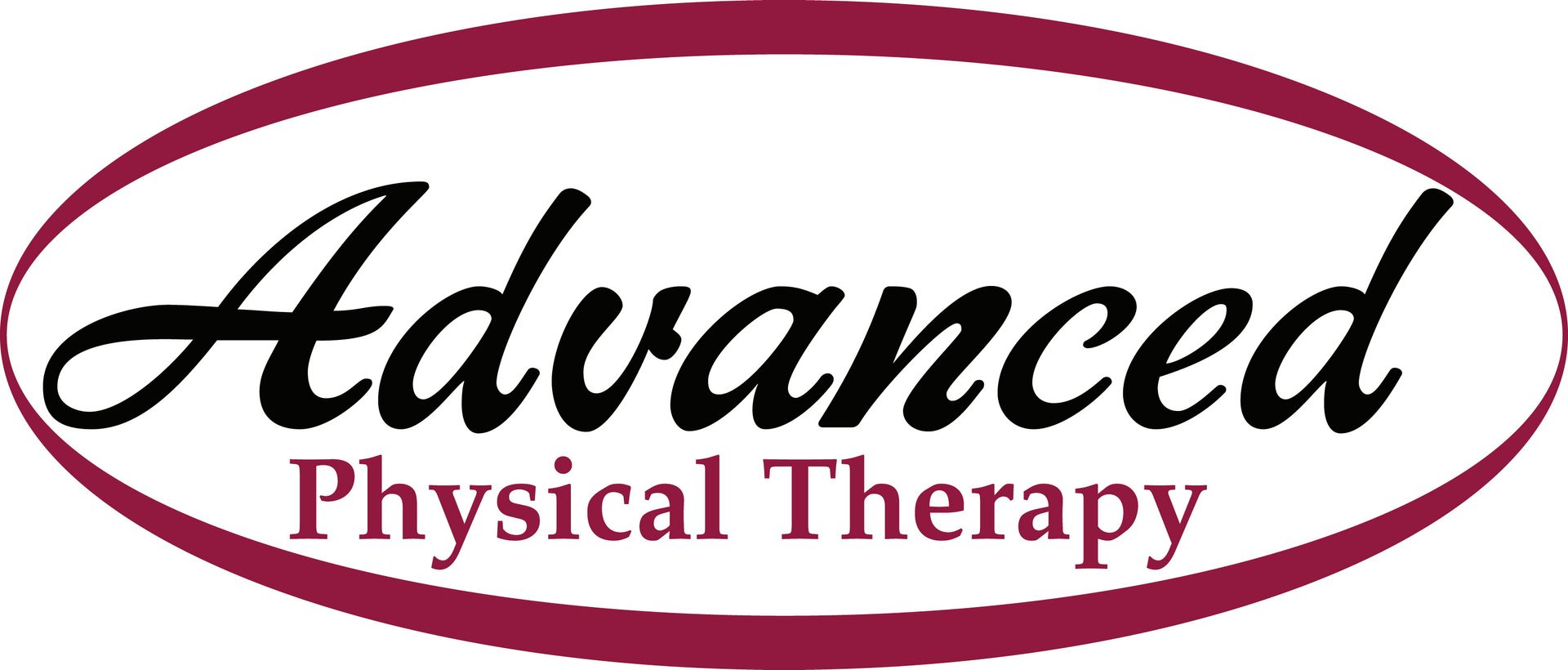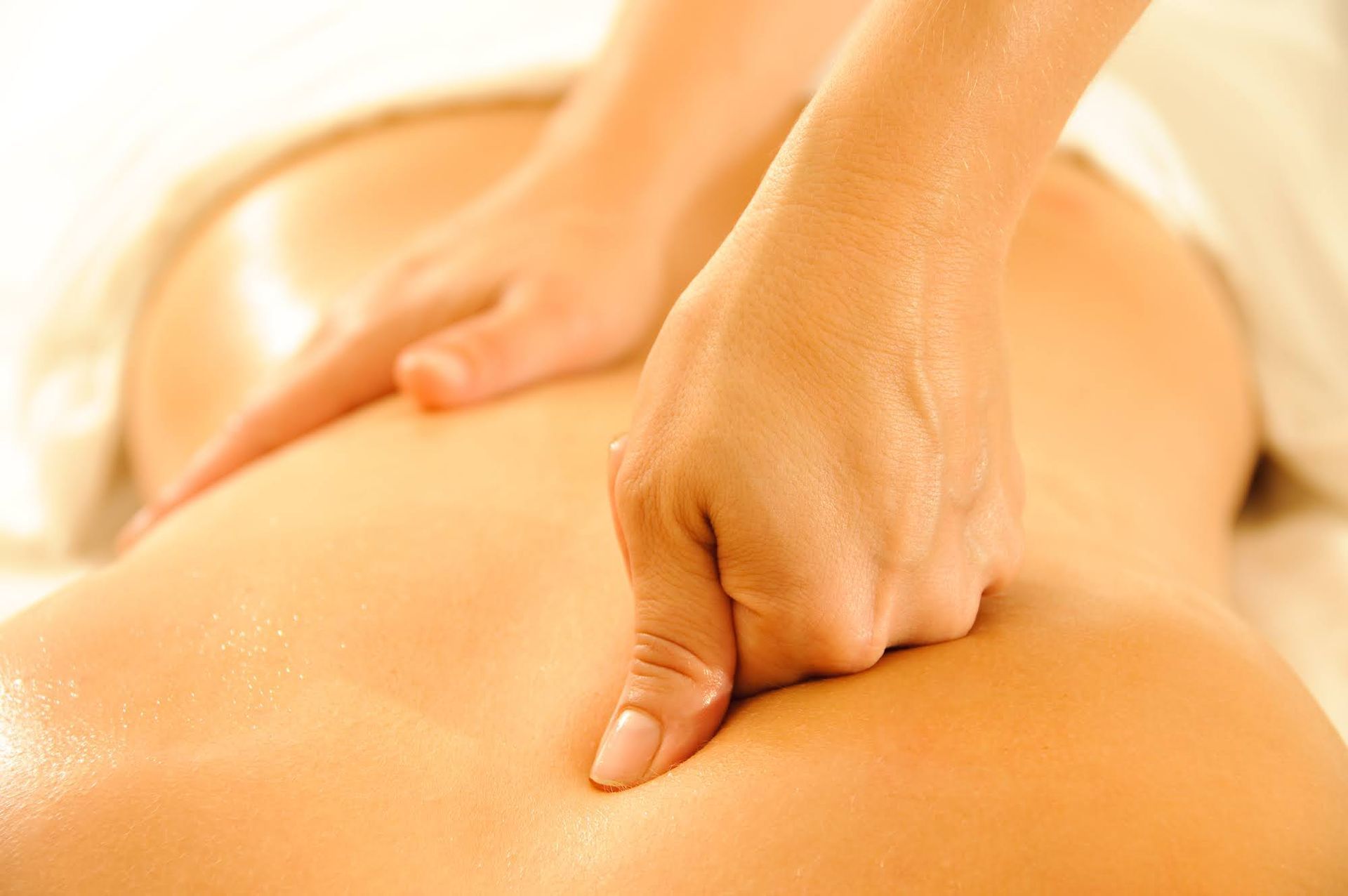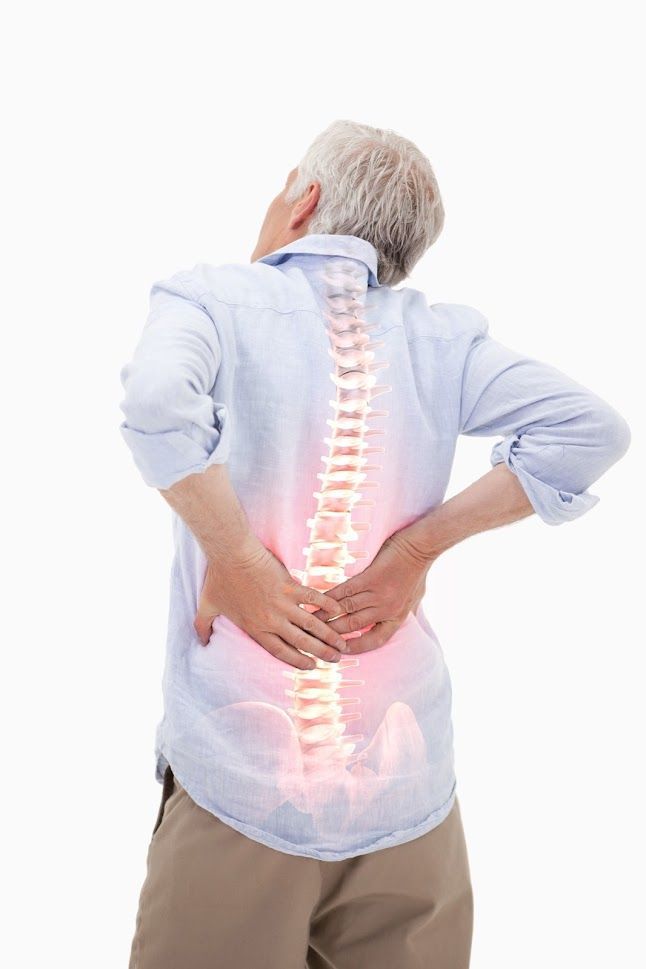Frequently Asked Questions About Rib Pain Treatment

Your rib cage involves more than just the array of curved bones you can feel under your skin. This complex structure includes cartilage, ligaments, and muscles that enable the ribs to move as needed. However, when a chronic condition or acute injury damages these structures, even simple motions can feel agonizing.
Fortunately, physical therapy can help ease your rib pain and encourage the full healing of injured rib components. The more you understand the value of this non-invasive approach, the more readily you can put it to good use. Check out the answers to these frequently asked questions about rib pain treatment.
How Should You Respond to Rib Pain?
Sudden, intense pain in your chest can point to a variety of potential issues, including cancer or a heart attack. Unless you know that you recently injured a rib, you should take this pain as your cue to visit a doctor immediately. You might need emergency medical treatment, or you may simply suffer from a minor musculoskeletal ailment.
An initial period of inflammation can actually help a rib injury heal. For this reason, you should avoid anti-inflammatory drugs during the first 48 hours following an injury such as a fracture, bruise, or pulled muscle. You should also avoid smoking, strenuous activity, wrapping your chest tightly, and lying in one position for too long.
Home remedies you can safely pursue for rib pain include ice, rest, sleeping in a relatively upright position, and making time to move around periodically. You may also benefit from taking a series of deep, slow breaths on an hourly basis to clear any mucus out of your lungs.
How Can Manual Physical Therapy Ease Rib Pain?
Some kinds of rib pain can respond well to manual physical therapy. For example, gentle massage techniques can help loosen stiff, sore muscles and reduce the pain of a bruised or fractured rib. It may also reduce pain associated with costochondritis, or inflammation of the cartilage connecting the ribs to the breastbone.
Sometimes the gentle approach must yield to more aggressive manual therapy techniques. One notable example involves strained intercostal muscles, which can interfere with the rib motion that facilitates breathing. To free up these deep-set muscles, you may need to undergo a manual technique known as myofascial release.
What Can Kinesiology Tape Do for Rib Pain?
Physical therapists often use a special kind of athletic tape called kinesiology tape on fractured ribs, strained rib muscles, and other rib pain conditions. Unlike standard tape which can totally restrict rib movement, kinesiology tape offers much-needed structural support and reinforcement while still permitting a healthy range of motion.
Kinesiology tape offers other benefits for rib pain as well. The support it provides allows tight, sore muscles to relax, easing discomfort without the need for medication. The tape also stimulates the soft tissues, increasing blood flow for improved healing and reduced swelling.
Which Physical Therapy Exercises Can Treat Painful Ribs?
If your ribs hurt, the surrounding muscles naturally want to clench up as a means of preventing additional injury. However, this tightness only makes your pain worse and delays healing. Your physical therapist can solve this problem by prescribing a series of exercises to keep your body as strong and limber as possible.
Lateral twists can help you improve the pain-free range of motion in your thoracic spine, the part of the spinal column attached to the ribs. Strengthening exercises can also play a crucial role in relieving your pain by building up your upper chest, shoulder, and back muscles.
If your ribs hurt every time you breathe, your physical therapist may recommend breathing exercises to rehabilitate the rib cage tissues. The Active Cycle of Breathing technique consists of four phases: normal breathing, deep breathing, a series of short huffing breaths, and any coughing necessary to clear lung secretions.
If you struggle with debilitating rib pain, take the proper measures to get the underlying cause diagnosed and seek the appropriate professional treatment. Advanced Physical Therapy has the skills, techniques, and insights to help you conquer your rib pain safely and effectively. Contact us today to schedule an appointment.

















